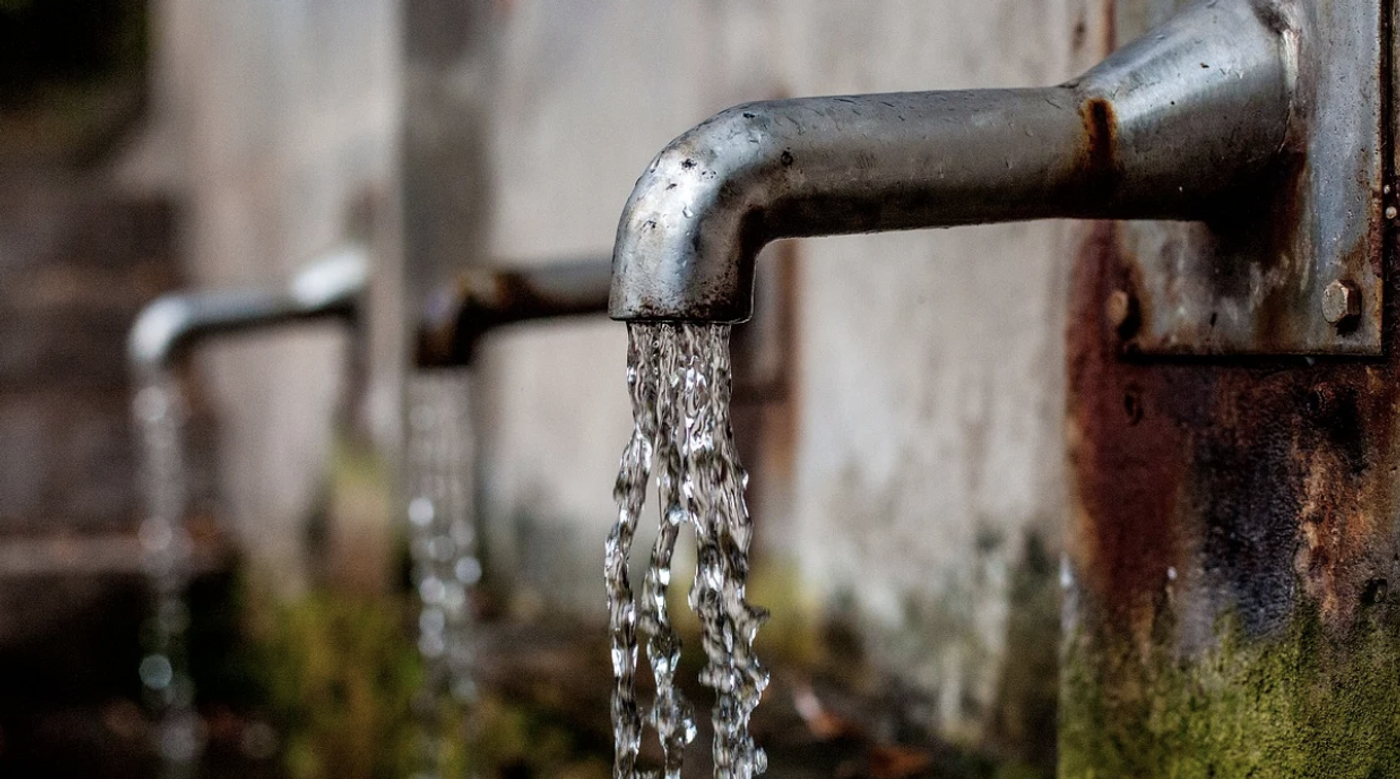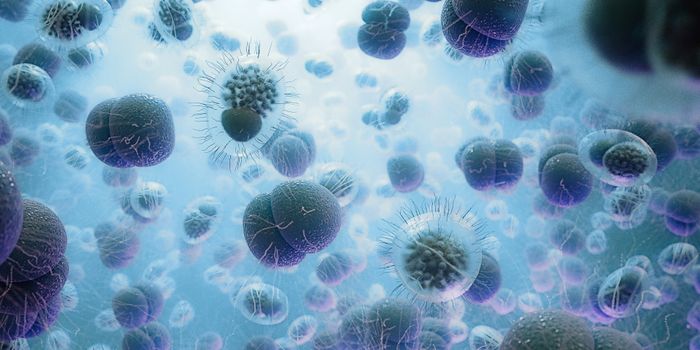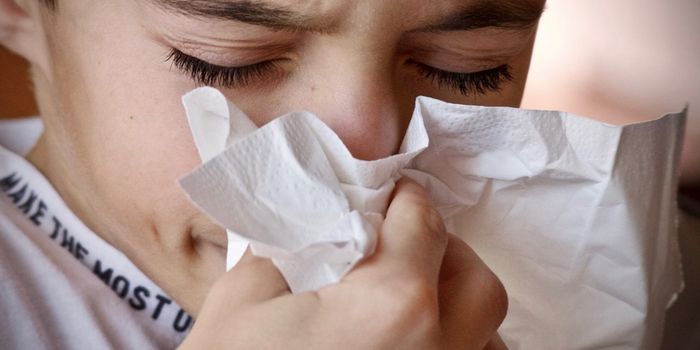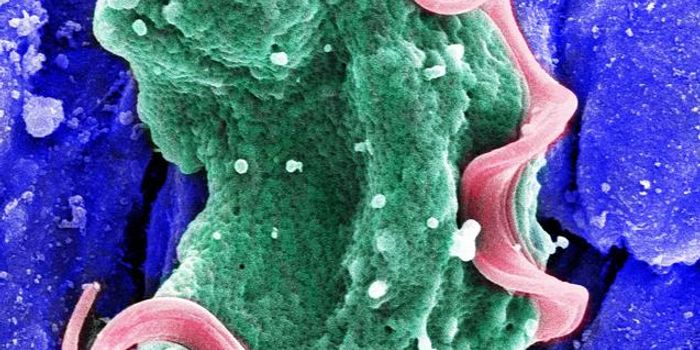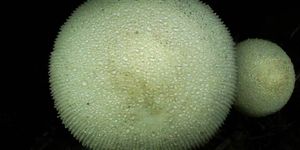How a Microparasite Can Improve Wastewater Treatment
There's water all over the world, but it's estimated that only a small bit - 0.3 percent of the planet's water - is useful to us, making wastewater treatment an essential and common part of infrastructure everywhere people are living. Wastewater treatment plants also have to deal with a common problem in the form of foam, which is generated by some types of bacteria in the wastewater. Reporting in Nature Microbiology, scientists have now identified a microbe that may help solve this costly issue.
"This foam reduces the quality of effluent and creates a hazardous work environment at the plant. It costs the industry billions of dollars each year and makes the plants inefficient, yet there are no effective ways to control these foams," explained senior study author Associate Professor Steve Petrovski.
Petrovski's work typically involves viruses that infect bacteria, or bacteriophages. When looking for a suitable phage that might help with the foam problem, his team found something else instead. The microbe they ended up identifying as a potentially useful foam-fighter is a microparasite called Mycosynbacter amalyticus, which can bind and destroy the foam-generating bacteria.
"One particular bacterium: Gordonia amarae is notorious for causing persistent and stable foams in wastewater treatment plants. Through our work to isolate a phage that will target G. amarae, we accidentally stumbled across another potential solution - a previously unknown microscopic parasite attached to the bacterium," said Petrovski.
The researchers sequenced the G. amarae genome, and learned more about the various mechanisms it employs to defend itself against bacteriophages. The work showed why bacteriophages are not a good approach for dealing with G. amarae.
"But the microparasite, which we have named Mycosynbacter amalyticus, latches onto G. amarae and in fact kills it. This may represent a promising biocontrol strategy to prevent wastewater foaming," said Petrovski.
"Some organisms related to G. amarae can also cause disease in humans and animals such as nocardiosis and bacteremia, and this novel, ultra-small bacterium could potentially be the cure," he added.
Sources: Phys.org via La Trobe University, Nature Microbiology
